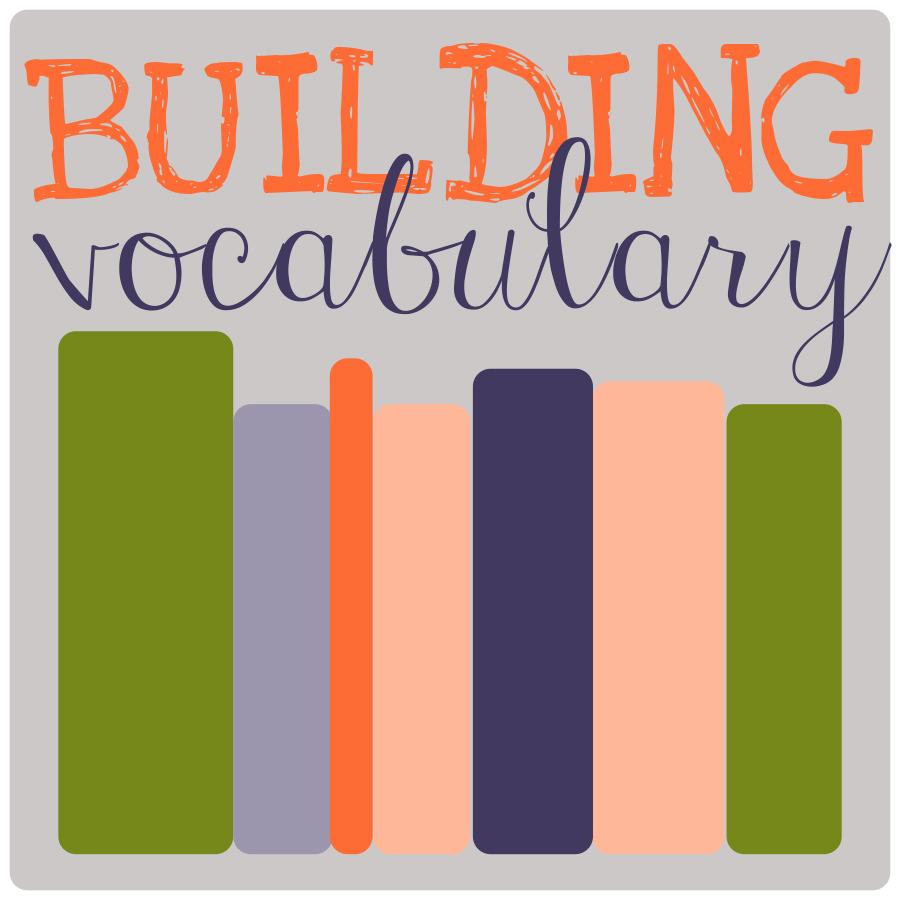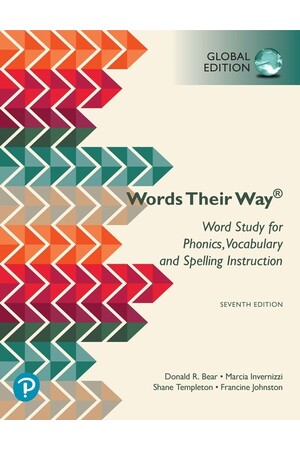

That’s how it’s possible to break out of that Catch-22 that seems to prevent children from acquiring sophisticated vocabulary they don’t already have. Vocabulary words that are taught directly should be drawn from texts in the curriculum-and teachers should introduce them by reading the texts aloud. (The website of the Knowledge Matters Campaign has more information on that kind of curriculum.) In other words, the curriculum should be organized to systematically build knowledge. The topics covered should also build on each other, so that when students move on to a new one they have most of the key vocabulary needed to understand it.
#WORD BUILD A BETTER WAY TO TEACH VOCABULARY BOOK SERIES#
So, rather than reading books on random topics, which is the standard practice in elementary classrooms, students should be exposed to a series of texts organized around a single topic, over at least two or three weeks. And to really grasp and retain a new word, students need to encounter it not just in one context but repeatedly. If kids learn a vocabulary word with no context, they might memorize the definition but they probably won’t truly understand its meaning or be able to use or remember it. A word is just the tip of an iceberg of knowledge. But some approaches work better than others.īuilding vocabulary isn’t just a matter of giving kids a list of words and definitions. Beyond Word Lists and DefinitionsĮlementary schools can and should explicitly teach children the kind of vocabulary words they’ll be expected to know at higher grade levels.


We’ve only postponed the day of reckoning to high school, where texts suddenly assume a lot of academic vocabulary many students don’t have. Instead they’re limited to simple texts they can read on their own, on the theory that such an approach will equip them to read more complex texts. Unfortunately, the only thing that has changed in the last two decades is that fourth-graders are less likely to be expected to read complex text. “By fourth grade,” Moats wrote, “many students are clearly lost in the more complex text they encounter in school, even if their decoding skills are good.” By second and third grade they had moved up to the fifteenth percentile but still didn’t know words like amazed, locket, balcony, and weasel. When shown pictures to match words to, they were unable to come up with vocabulary like penguin, sewing, and parachute. Over 20 years ago, reading researcher Louisa Moats found that the kindergartners she was studying, who came from low-income families, got an average score in the fifth percentile on a commonly used test of oral vocabulary.


 0 kommentar(er)
0 kommentar(er)
